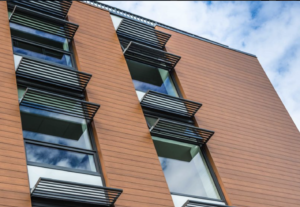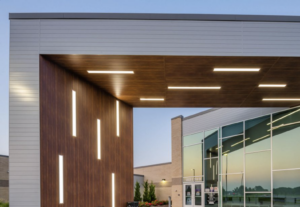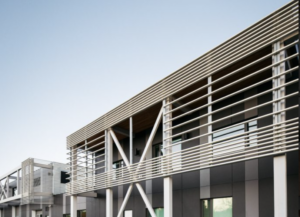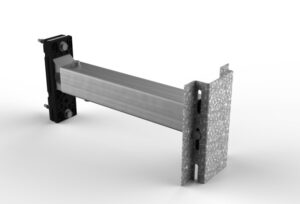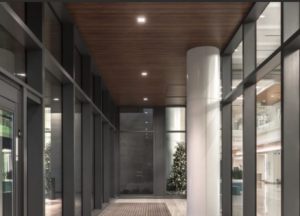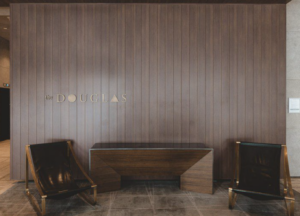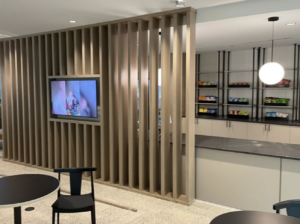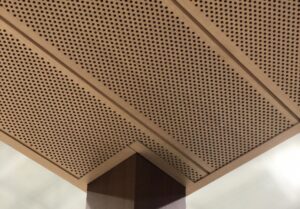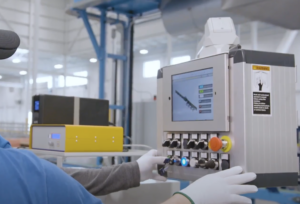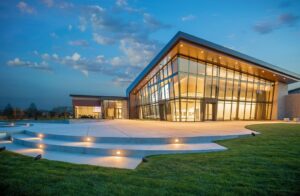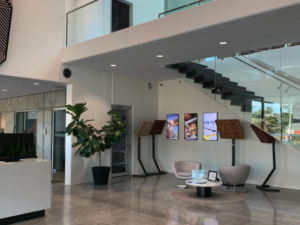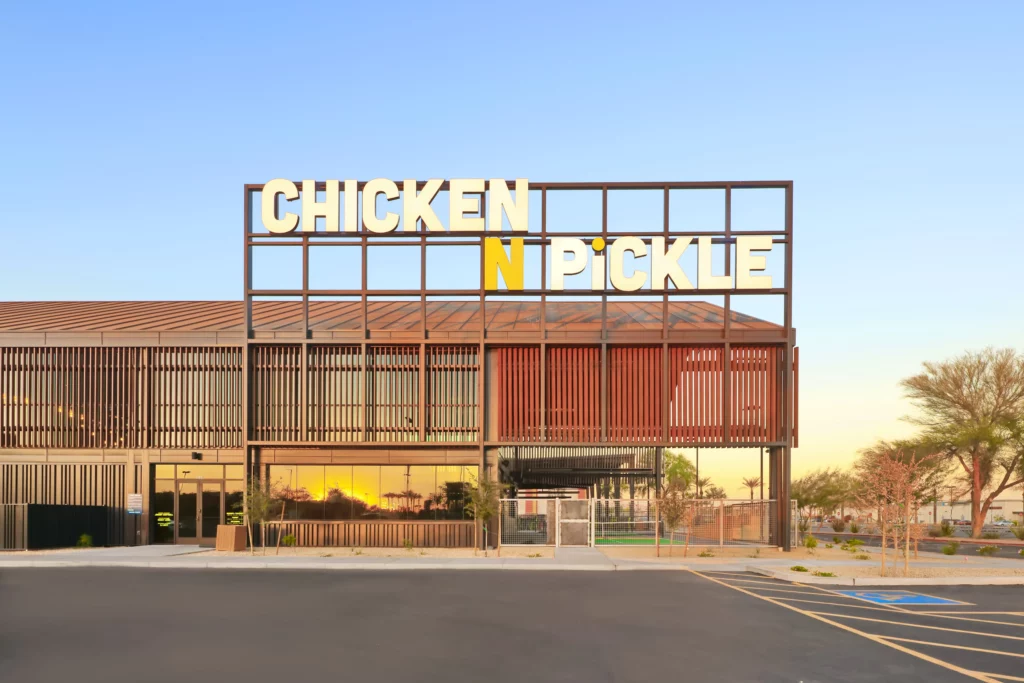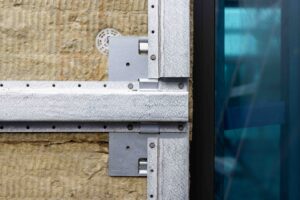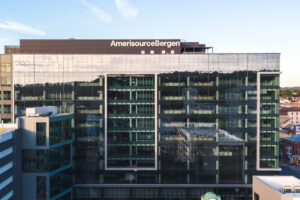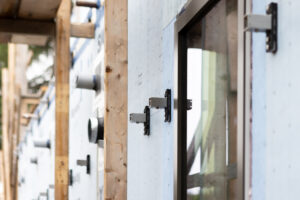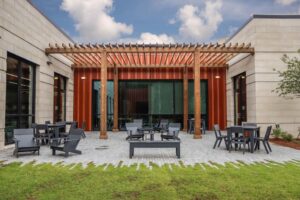Content Type:
Trends
Project Type:
National Brands, Retail
System Name:
Endura Linear, Link & Lock™, PanelBoard™, T&G Planks
Installation:
Exterior
In today’s fast-paced world, the power of first impressions extends far beyond personal interactions. It plays a crucial role in brand communication, especially in the realm of architecture. The concept of making a strong initial impact is particularly relevant when considering how buildings and their façades serve as powerful tools for creating instant brand recognition and forging emotional connections with consumers [1].
A building’s exterior acts as a three-dimensional logo, capable of conveying a brand’s identity and values in mere seconds. This architectural branding has become increasingly important in our competitive landscape, particularly in the post-pandemic era. Brands are now investing heavily in innovative architectural designs to capture attention swiftly and effectively communicate their essence [2].
The psychology behind this phenomenon is rooted in our human tendency to form rapid judgments. Research in social psychology has demonstrated that people can make assessments about others almost instantaneously, often within milliseconds [3].
When these principles are applied to architecture, the same rapid assessment capabilities of humans suggest that as people encounter a building, every element of its façade contributes to an immediate impression that can significantly influence their perception of the brand it represents. From the choice of materials and colors to the scale and form of the structure, each aspect plays a role in this swift evaluation [1, 5].
Luxury brands have recognized the power of architectural branding. Take, for example, the new Burberry store on Rue Saint-Honoré in Paris. Opened in February 2022, this three-story shop showcases Burberry’s new global design concept, emphasizing the brand’s commitment to physical retail experiences even in an era of booming online shopping [2]. The façade, with its distinctive Burberry check pattern and elegant lighting, immediately communicates the brand’s heritage and luxury status to anyone passing by.

However, it is not just about static visual elements. In our digital age, the lines between physical and virtual experiences are blurring, and innovative brands are incorporating this into their architectural strategies. The collaboration between Gucci and The North Face provides an excellent example. Their campaign featured massive artworks on building façades in cities worldwide, complete with QR codes that invited viewers to explore a digital brand experience [2]. This clever integration of physical architecture and digital interaction extends the façade’s impact far beyond the immediate visual impression, creating a multi-layered brand experience that begins the moment someone lays eyes on the building.

The psychology behind these architectural branding efforts is profound. Different materials, textures, and forms can evoke specific emotions and associations [1]. Glass and aluminum might convey modernity and transparency, while stone could suggest stability and tradition. The scale of a façade can influence perceptions of a brand’s importance or accessibility. Even the way a building interacts with its surroundings—whether it stands out boldly or harmonizes with the local context—sends subtle messages about the brand’s values and positioning [6].
Moreover, architectural branding isn’t limited to traditional retail spaces. Companies across various sectors are recognizing the value of using their buildings as brand ambassadors. Tech companies might opt for innovative, futuristic designs to reinforce their cutting-edge image, while a bank might choose classical elements to convey trust and longevity [1].
The challenge for architects and brand strategists lies in creating designs that make a strong first impression while also standing the test of time. Unlike a print ad or social media campaign, a building is a long-term investment in brand identity [6]. It needs to capture attention quickly but also remain relevant and impactful for years to come. This often involves incorporating elements that can be easily updated or refreshed, allowing the brand to evolve its image without major structural changes [2].
As we move forward, the integration of technology into architectural façades promises to take this concept even further. Interactive displays, augmented reality features, and smart building technologies can create dynamic, engaging experiences that begin the moment someone sets eyes on a building [2, 6]. These innovations not only capture attention but also provide opportunities for ongoing engagement and data collection, allowing brands to continually refine their architectural branding strategies.

In conclusion, the ability to form rapid first impressions underscores the critical role that building design plays in brand communication. In an age where consumers are bombarded with messages from all directions, a well-designed façade can cut through the noise, creating an immediate and lasting impression [3, 5]. As brands continue to invest in these architectural statements, we can expect to see increasingly creative and immersive designs that blur the lines between physical and digital experiences, all aimed at capturing our attention and imagination in those crucial first moments of encounter.
Photo Gallery
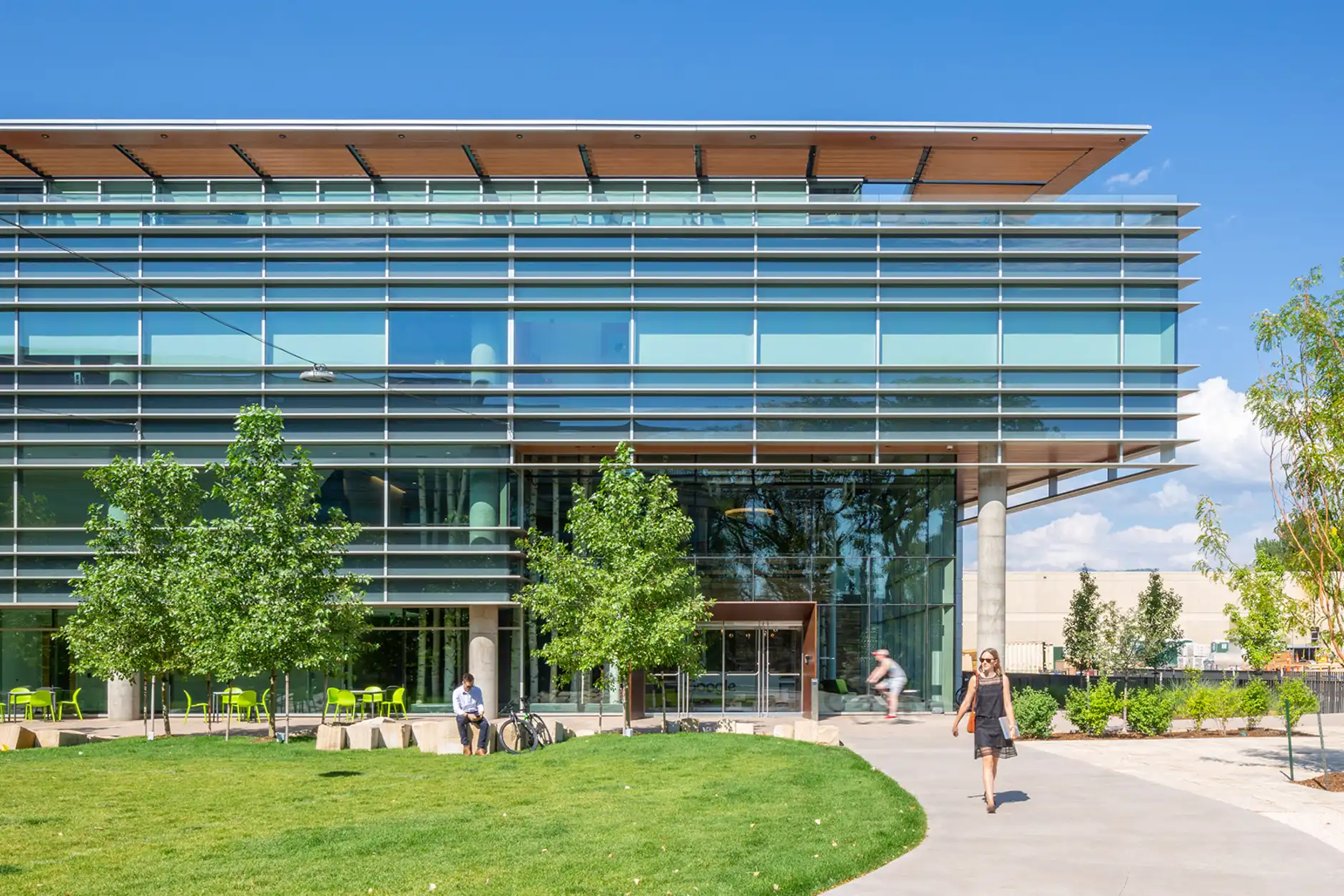
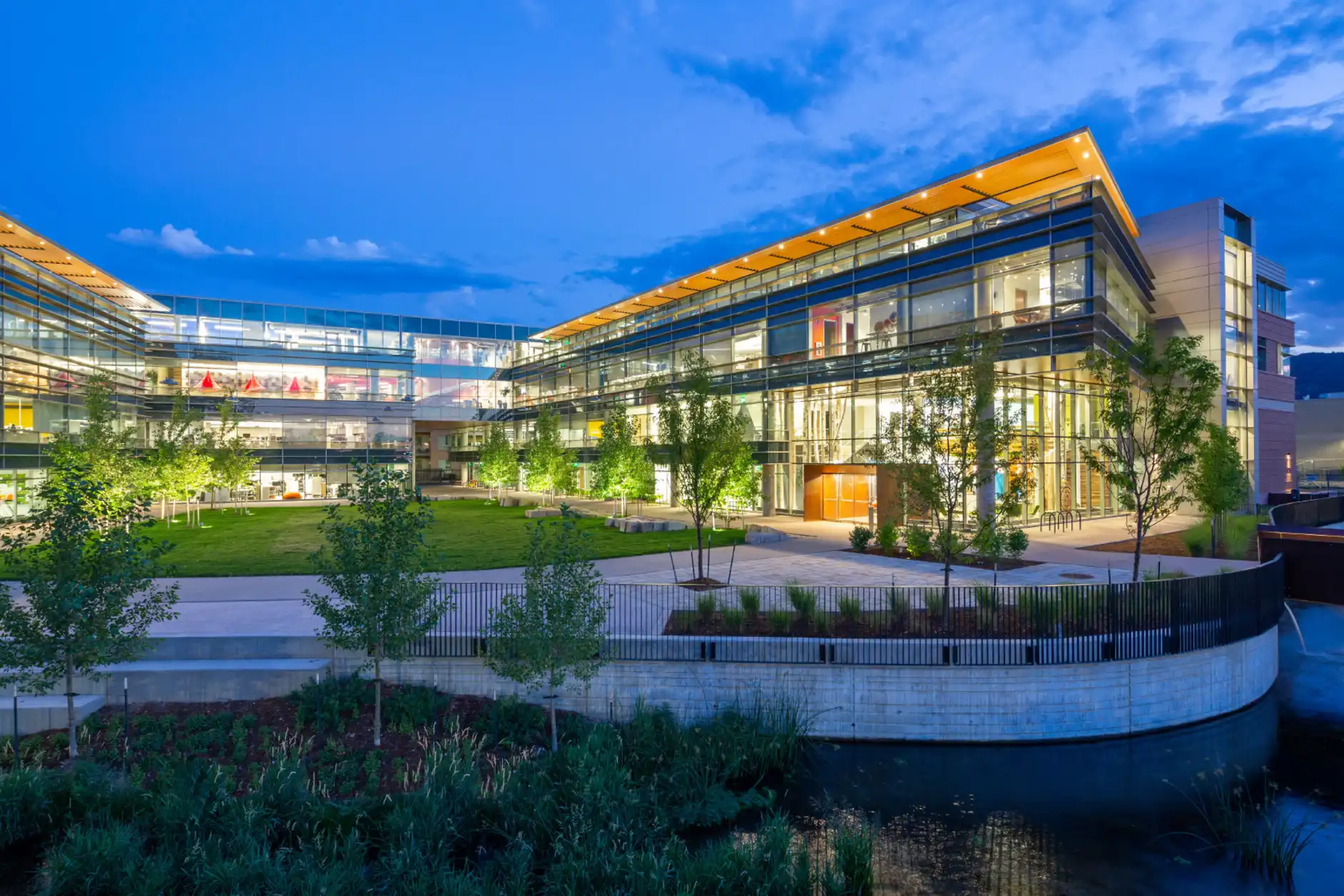
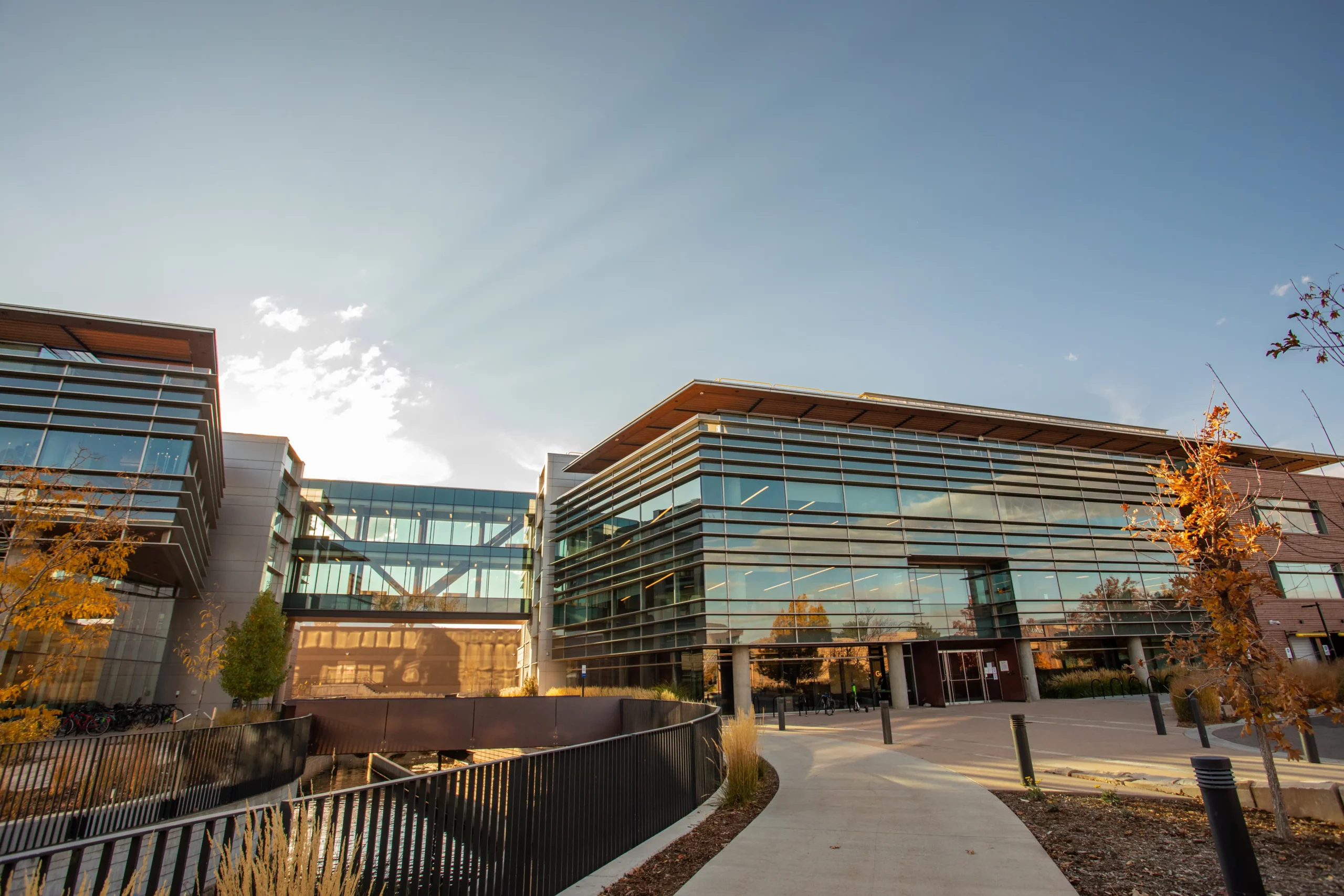
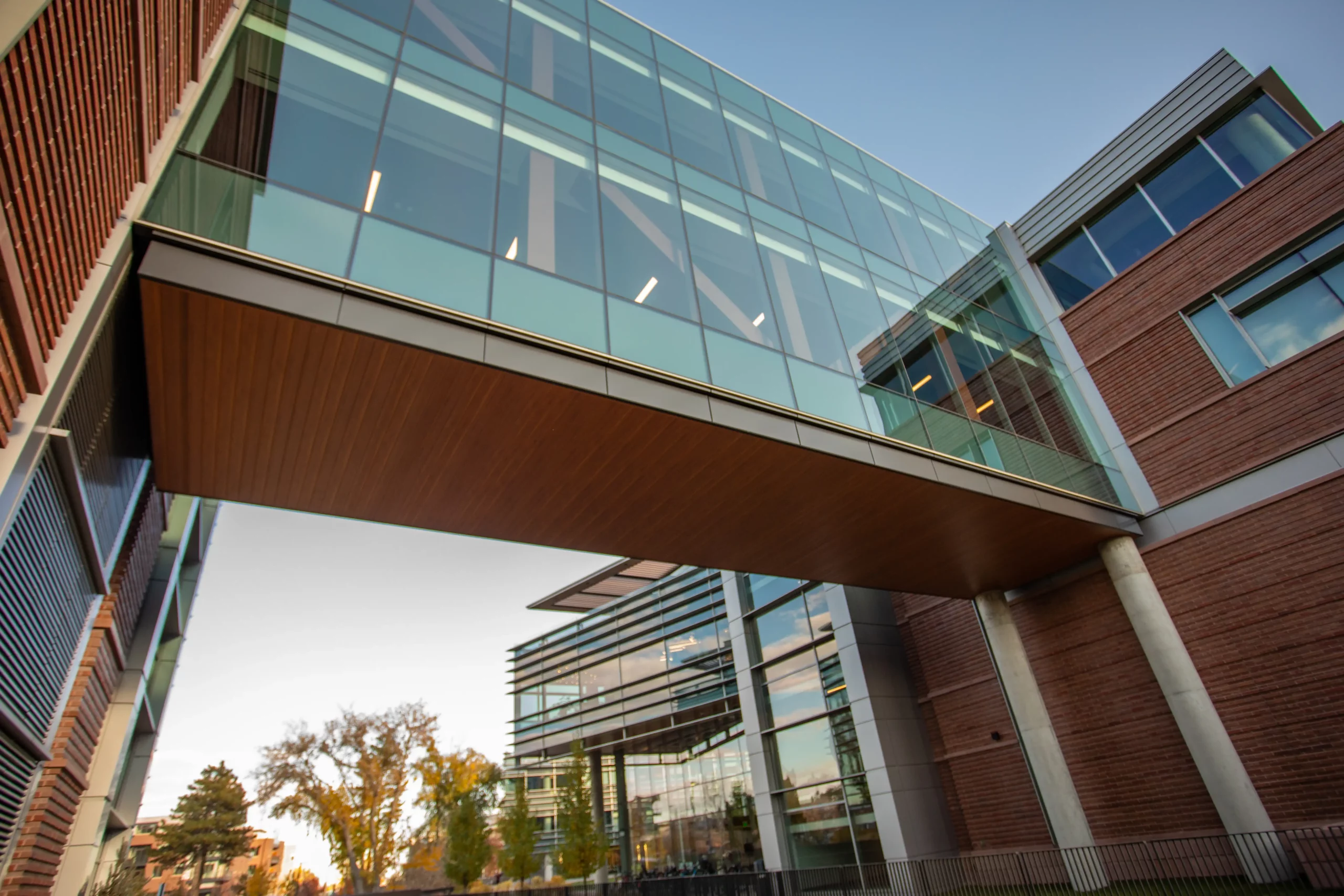

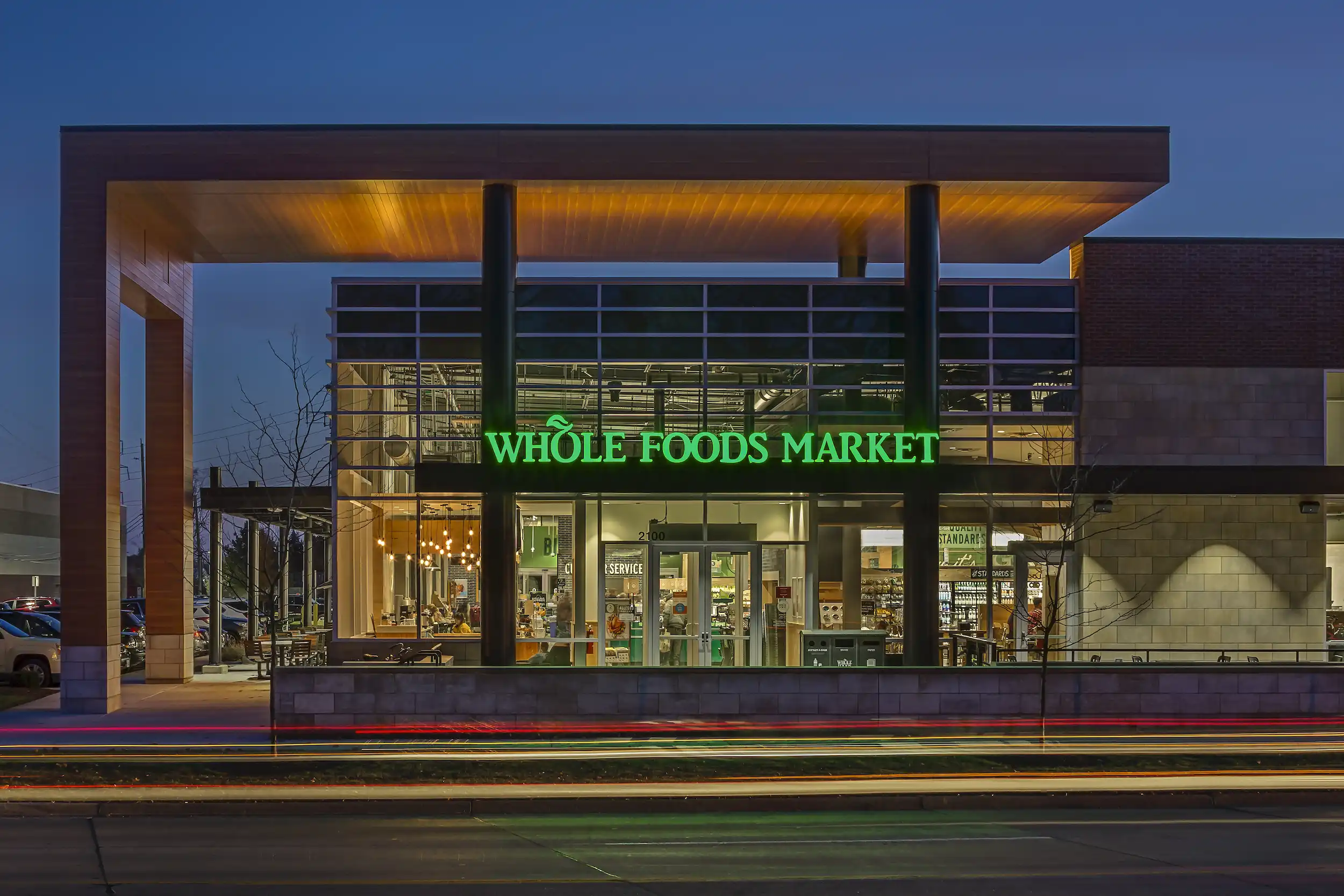
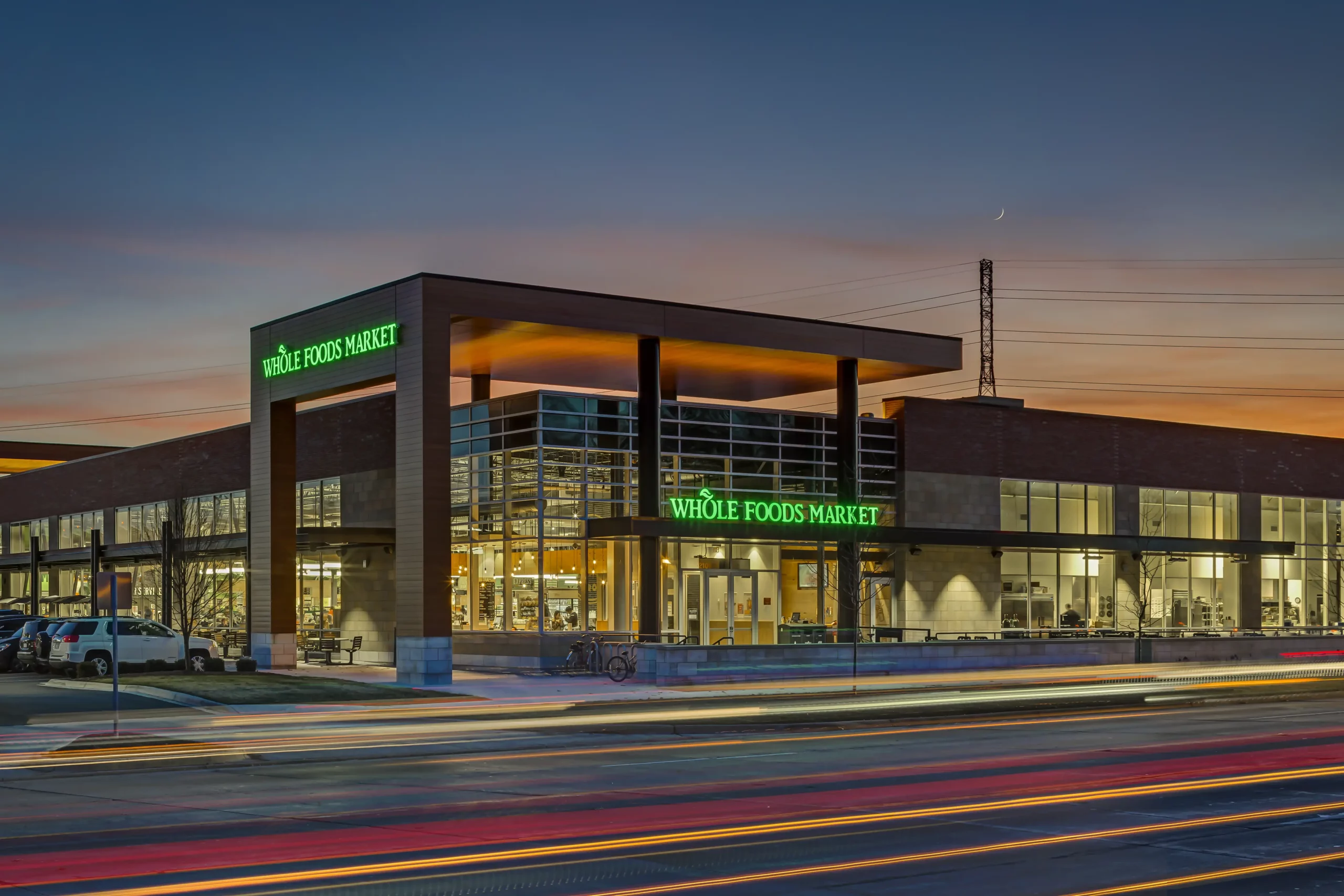
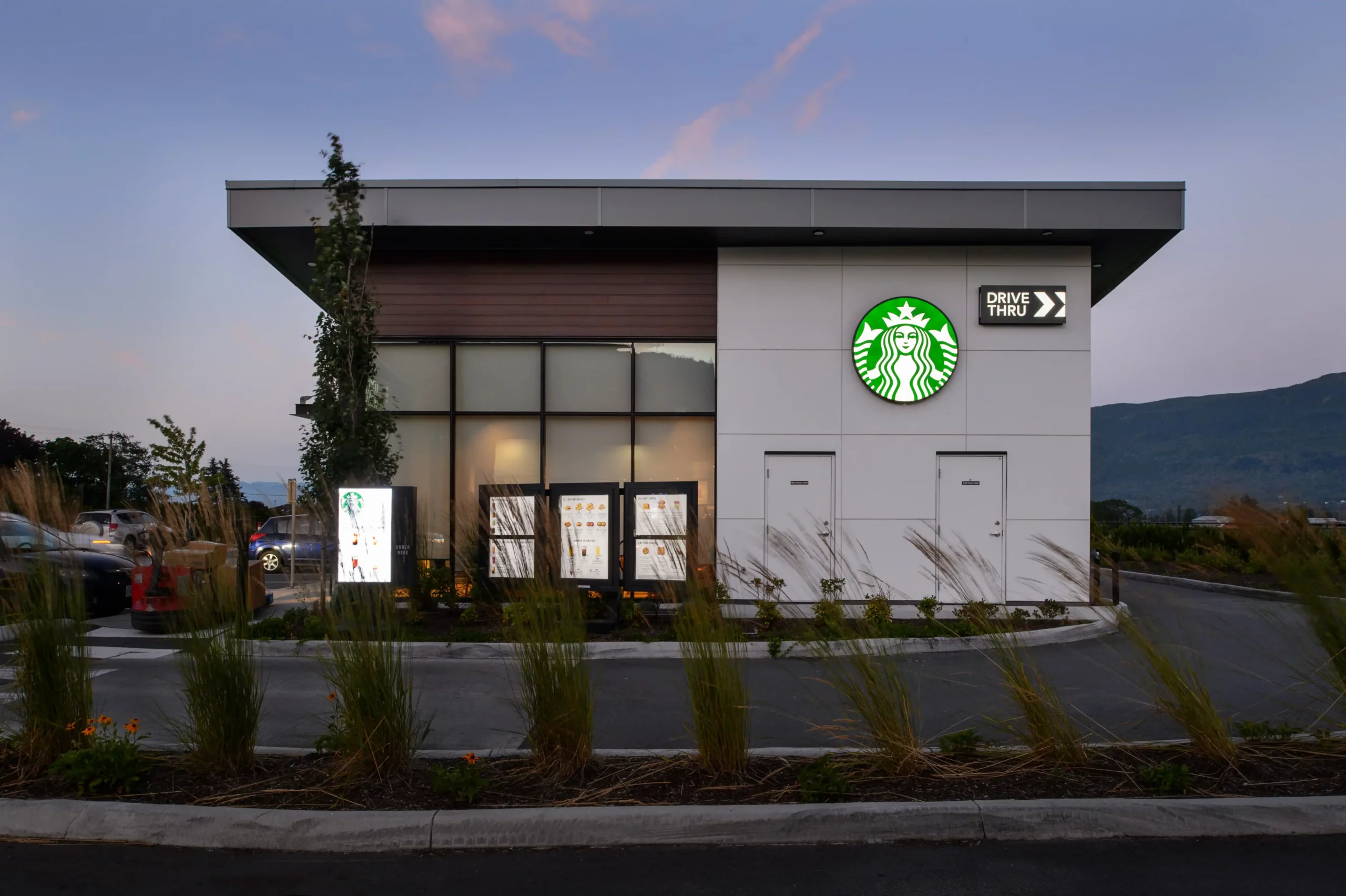
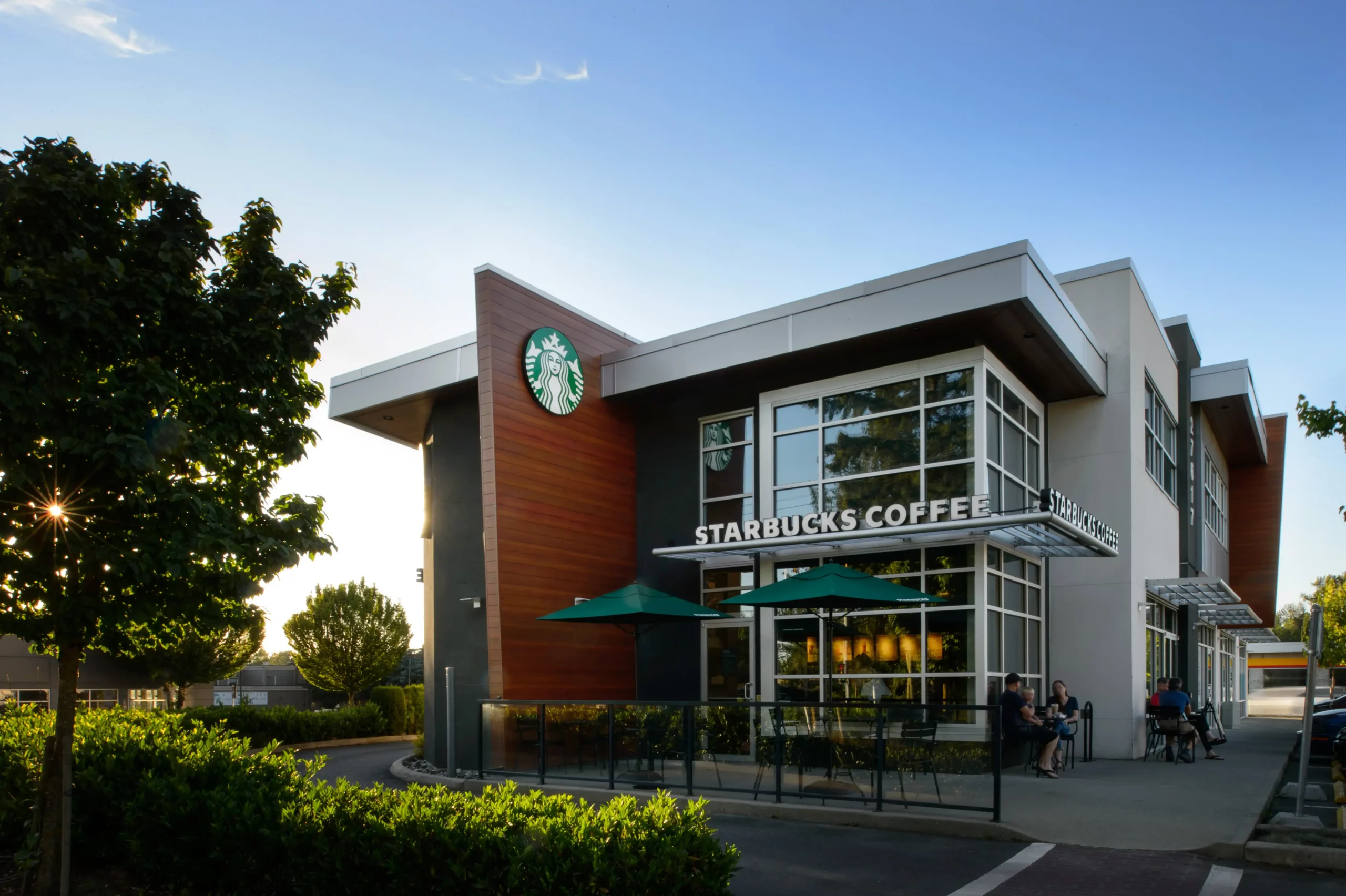
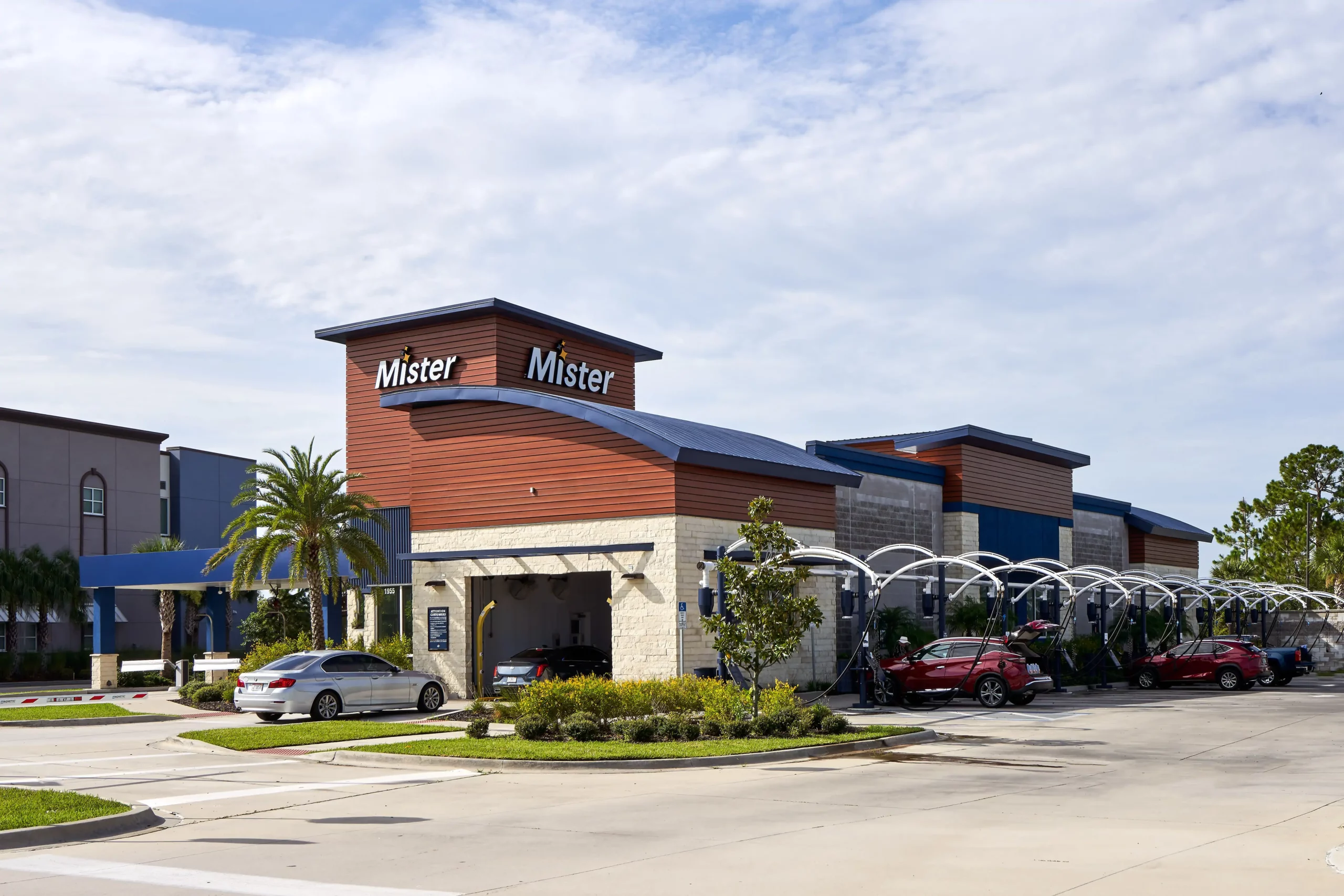
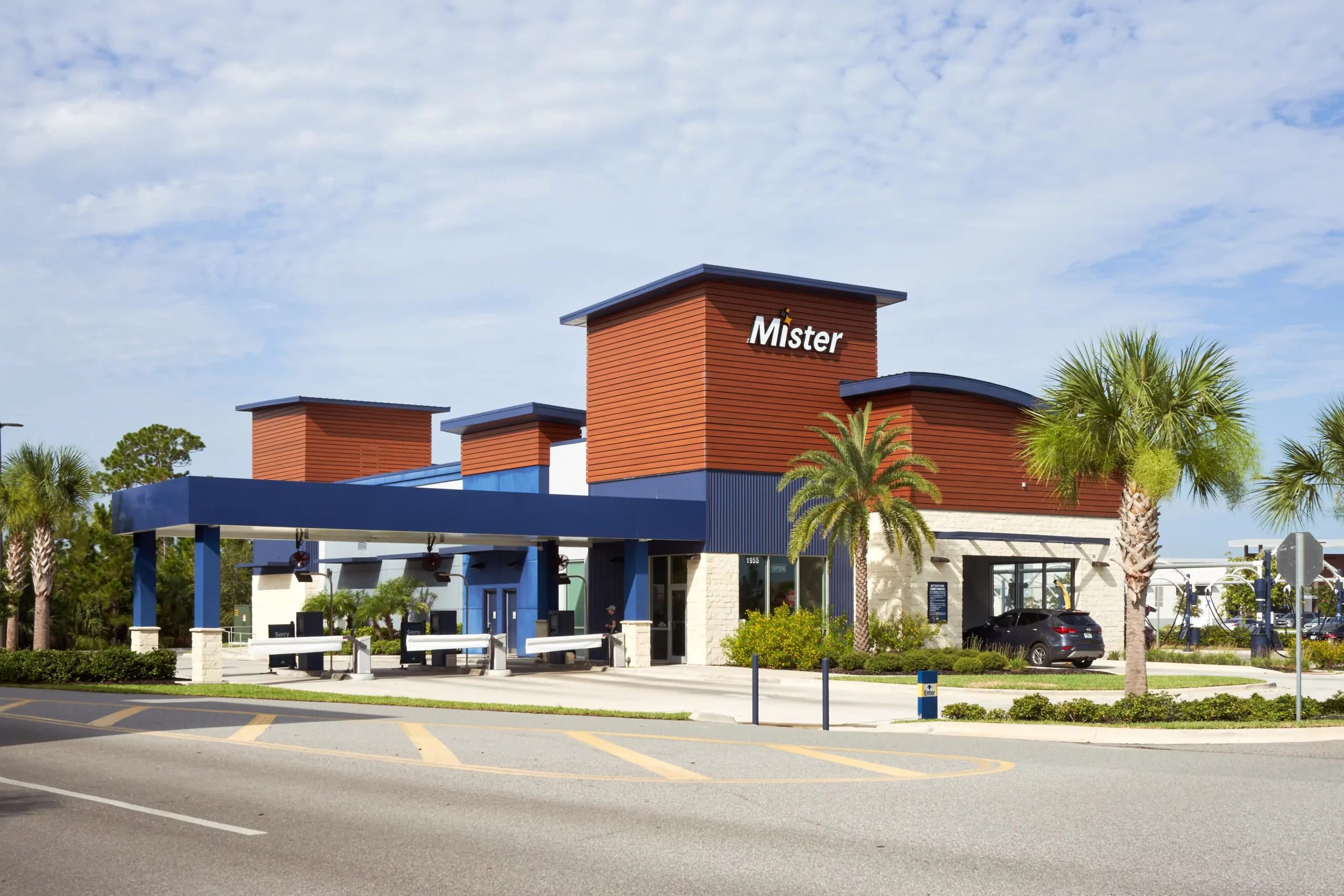
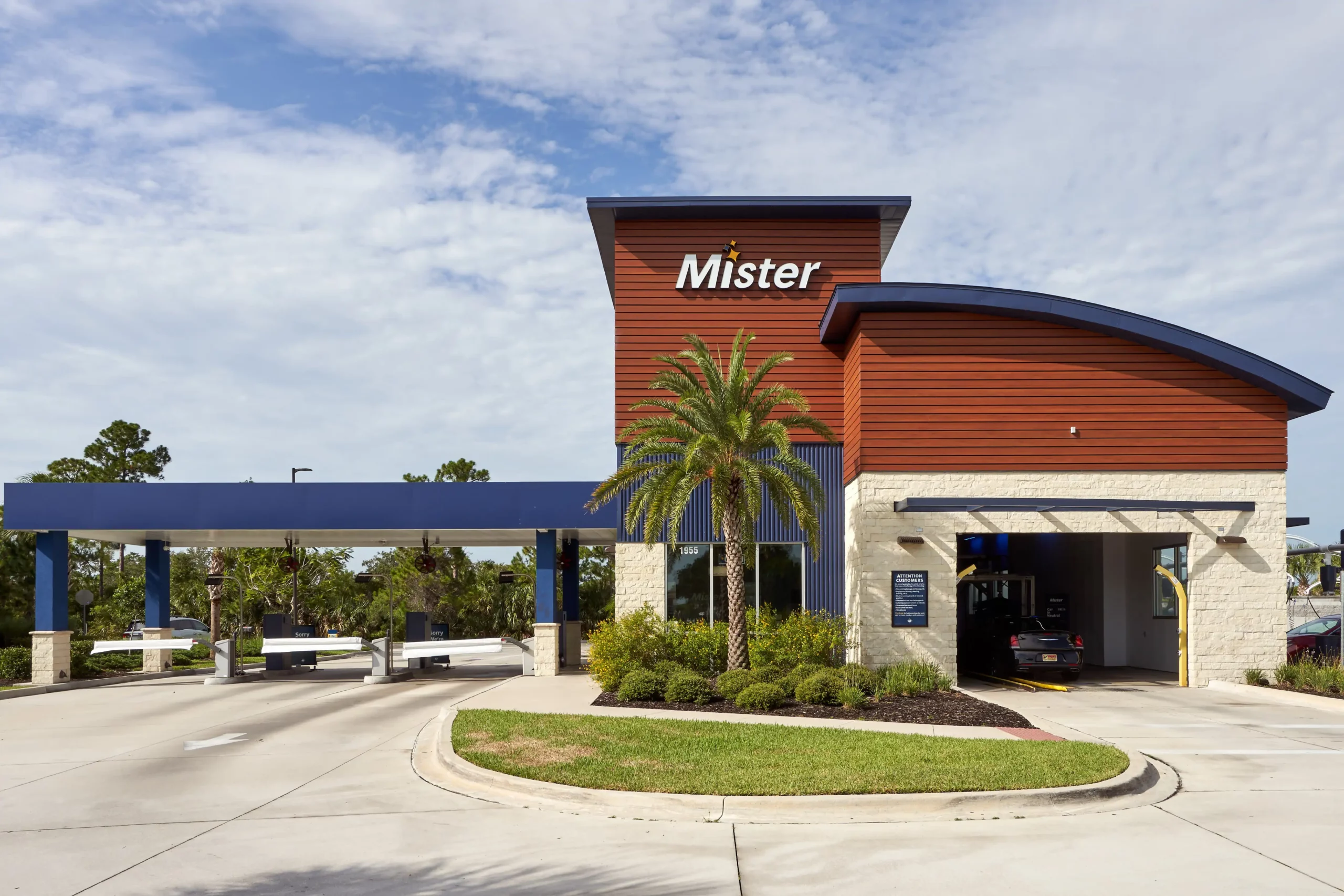
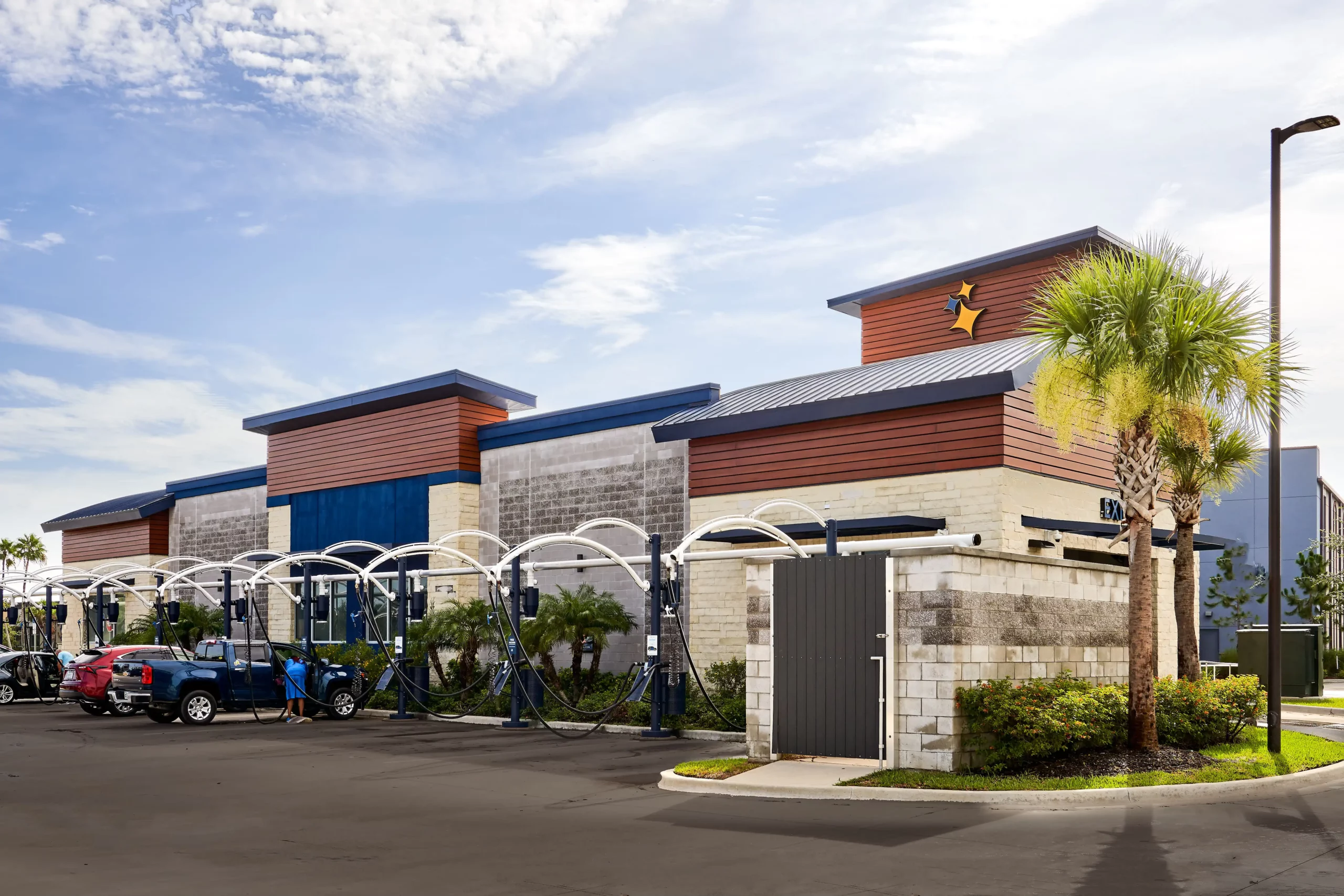
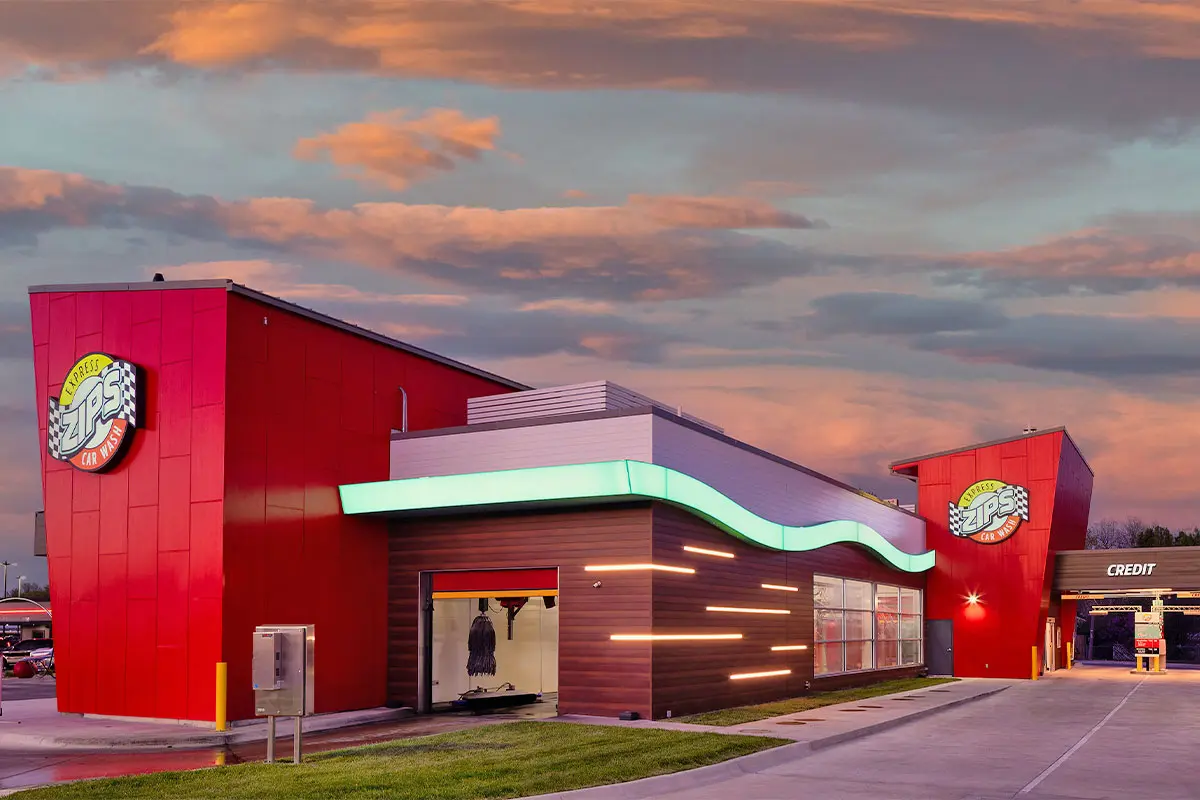
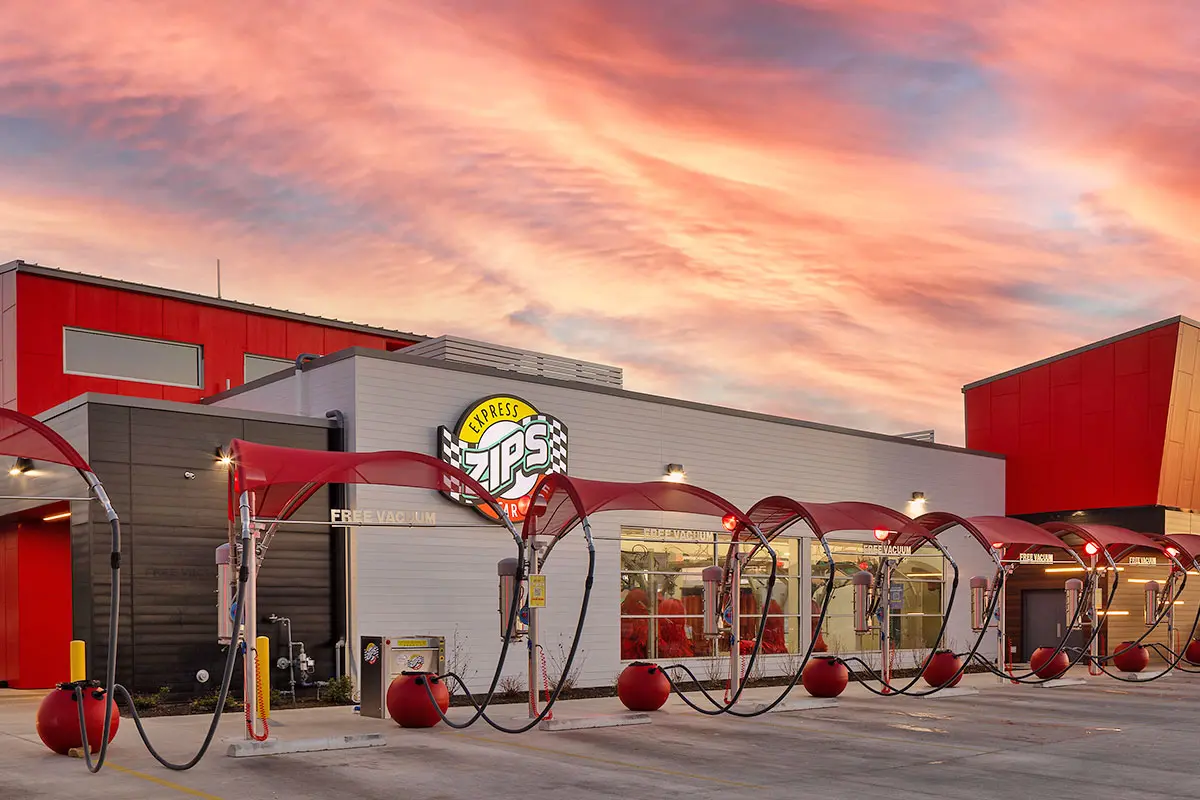
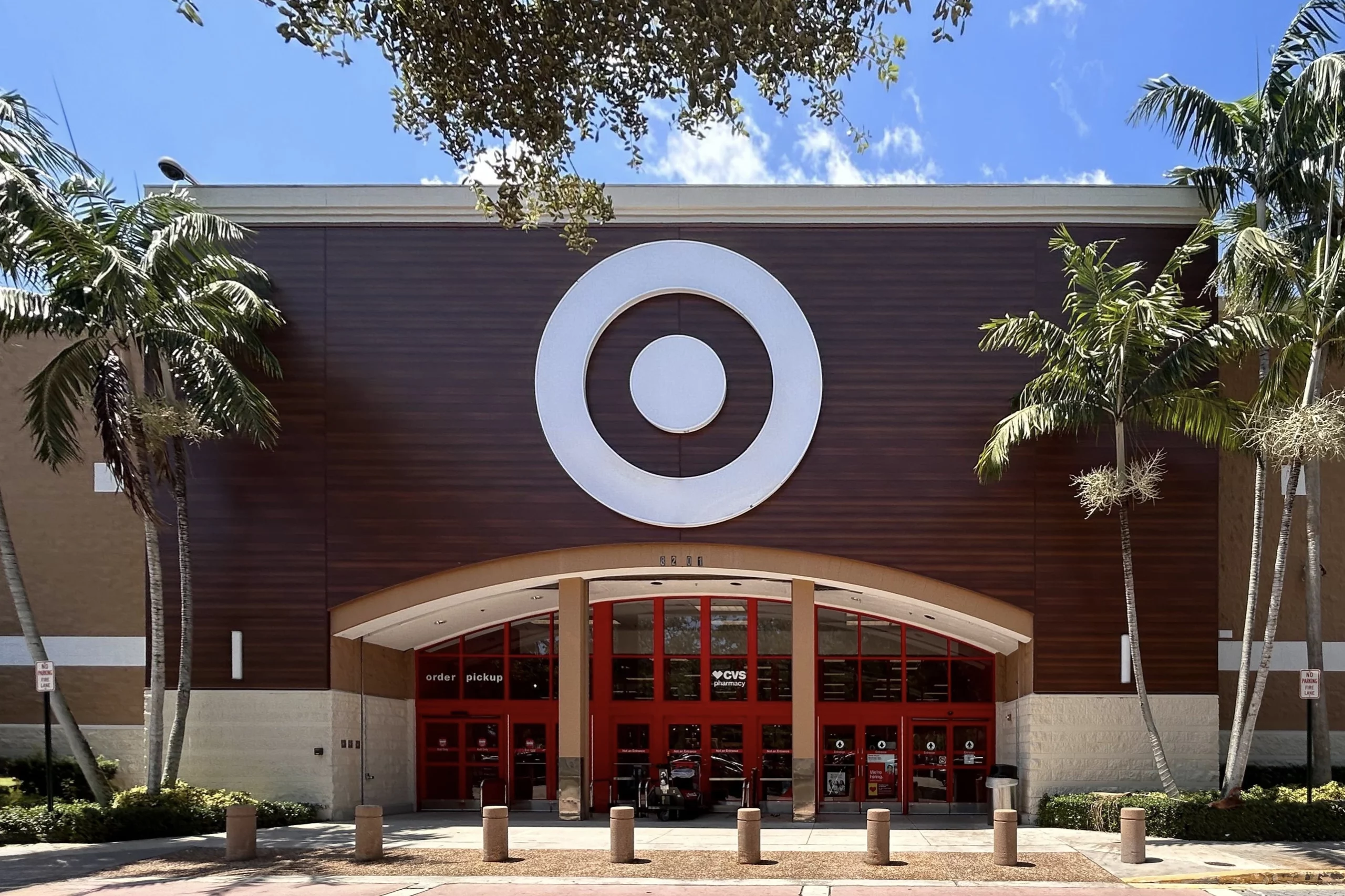
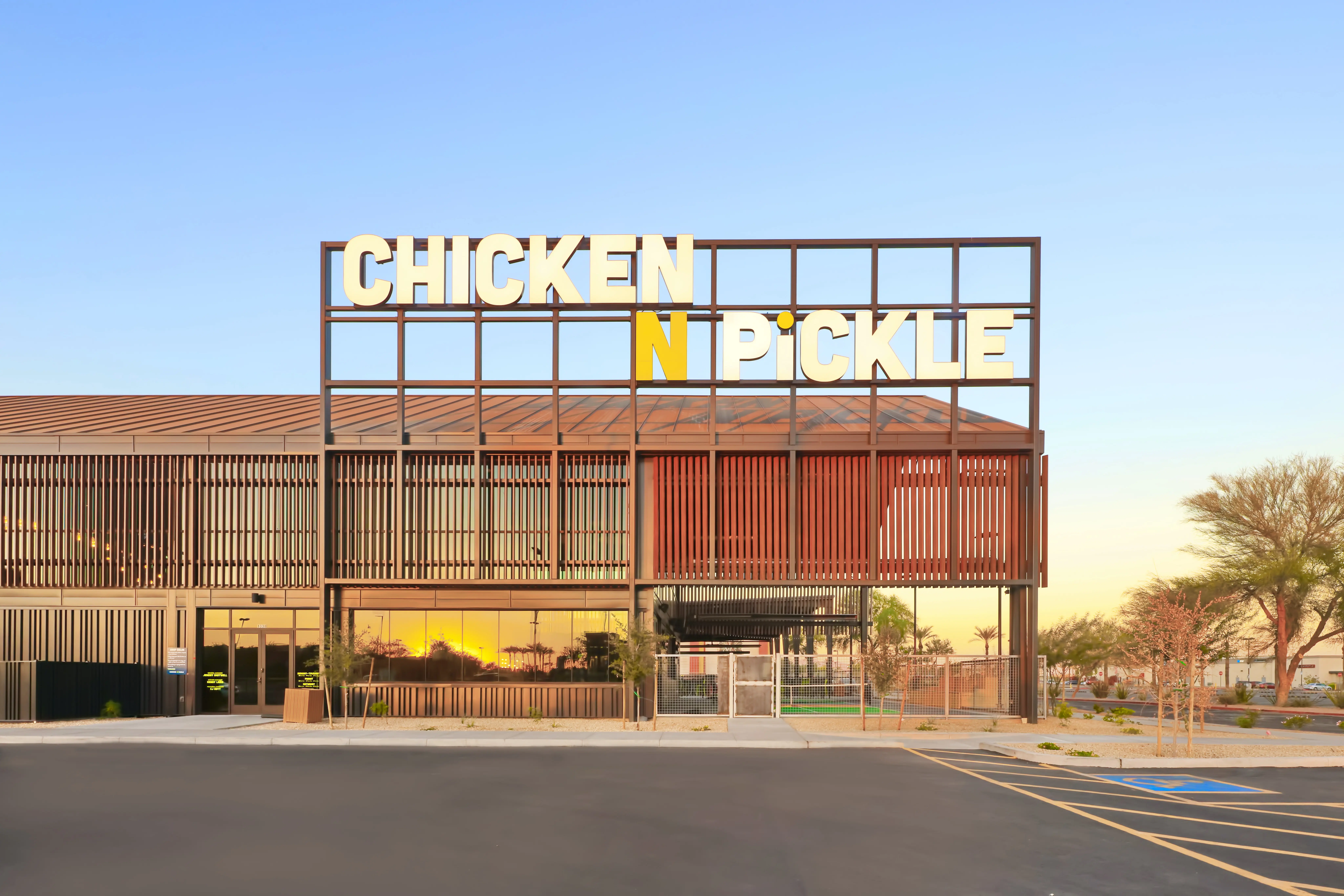
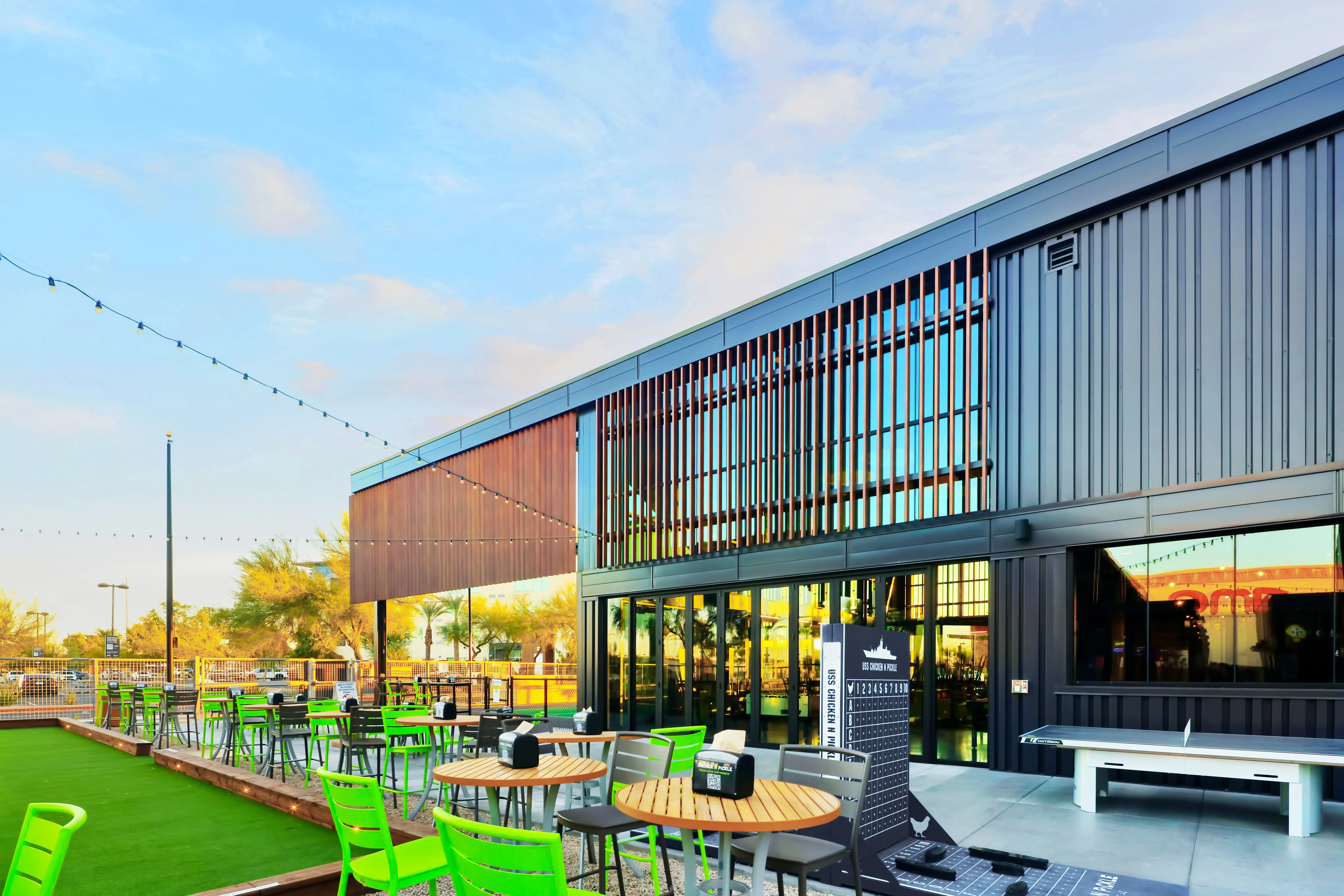
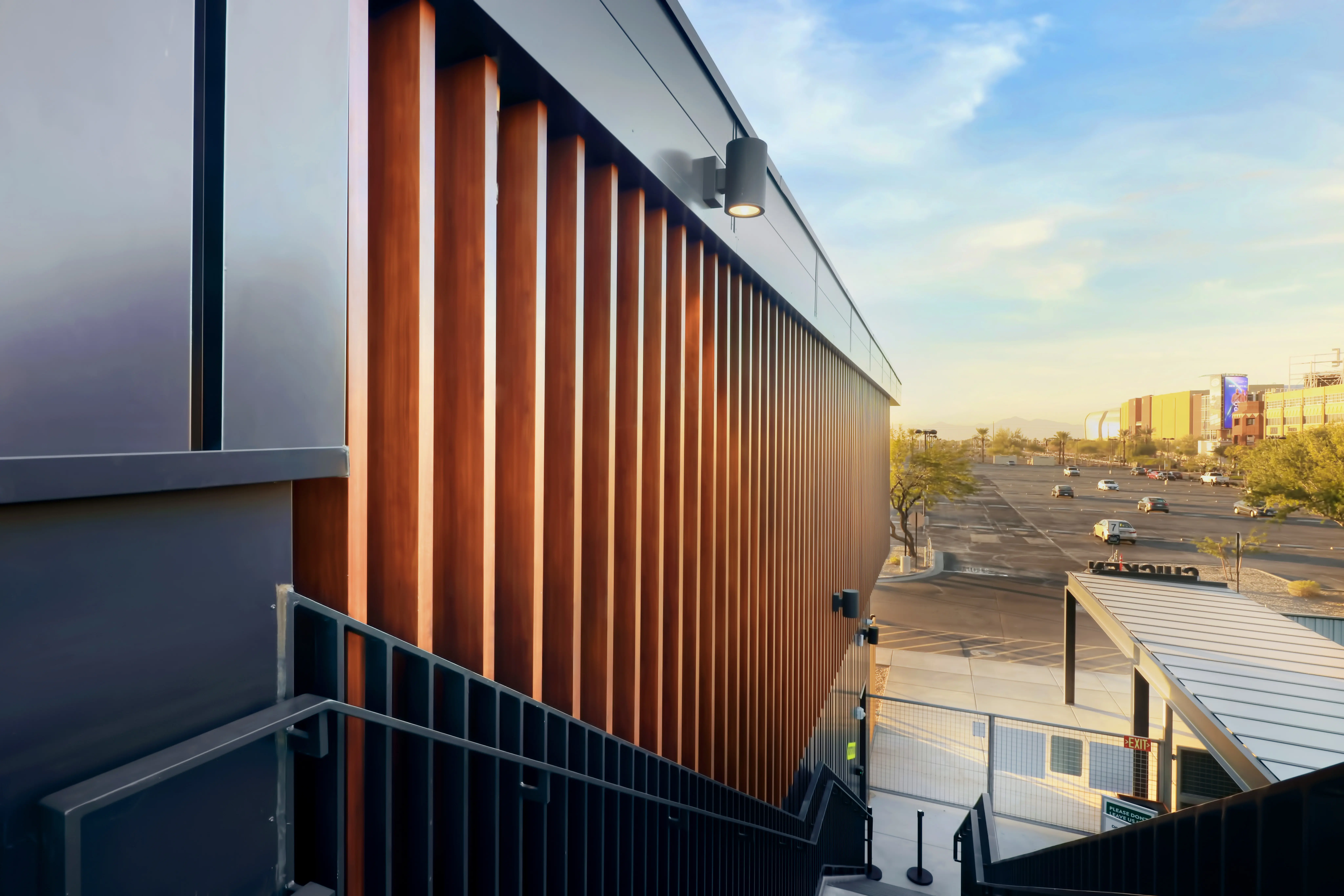
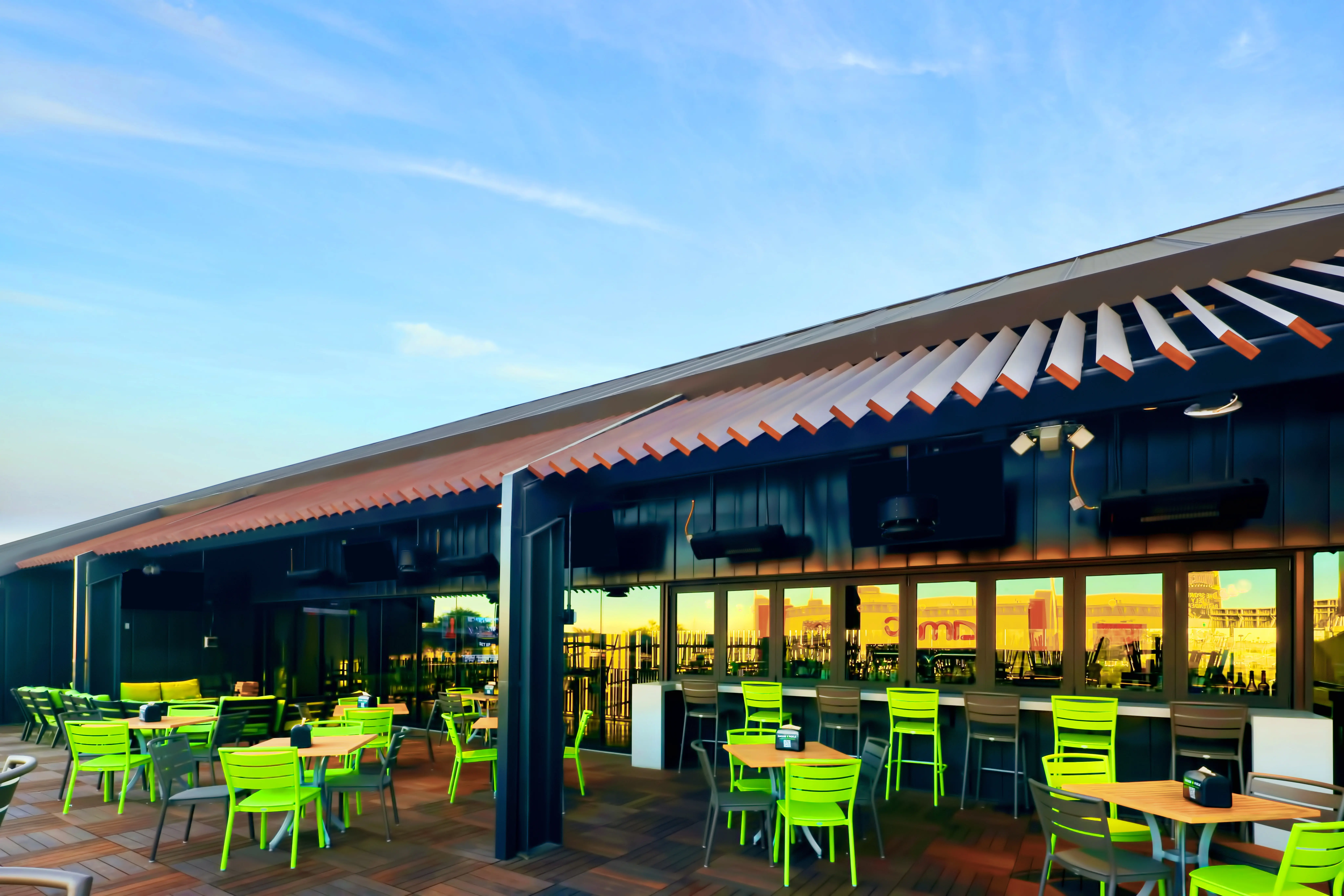
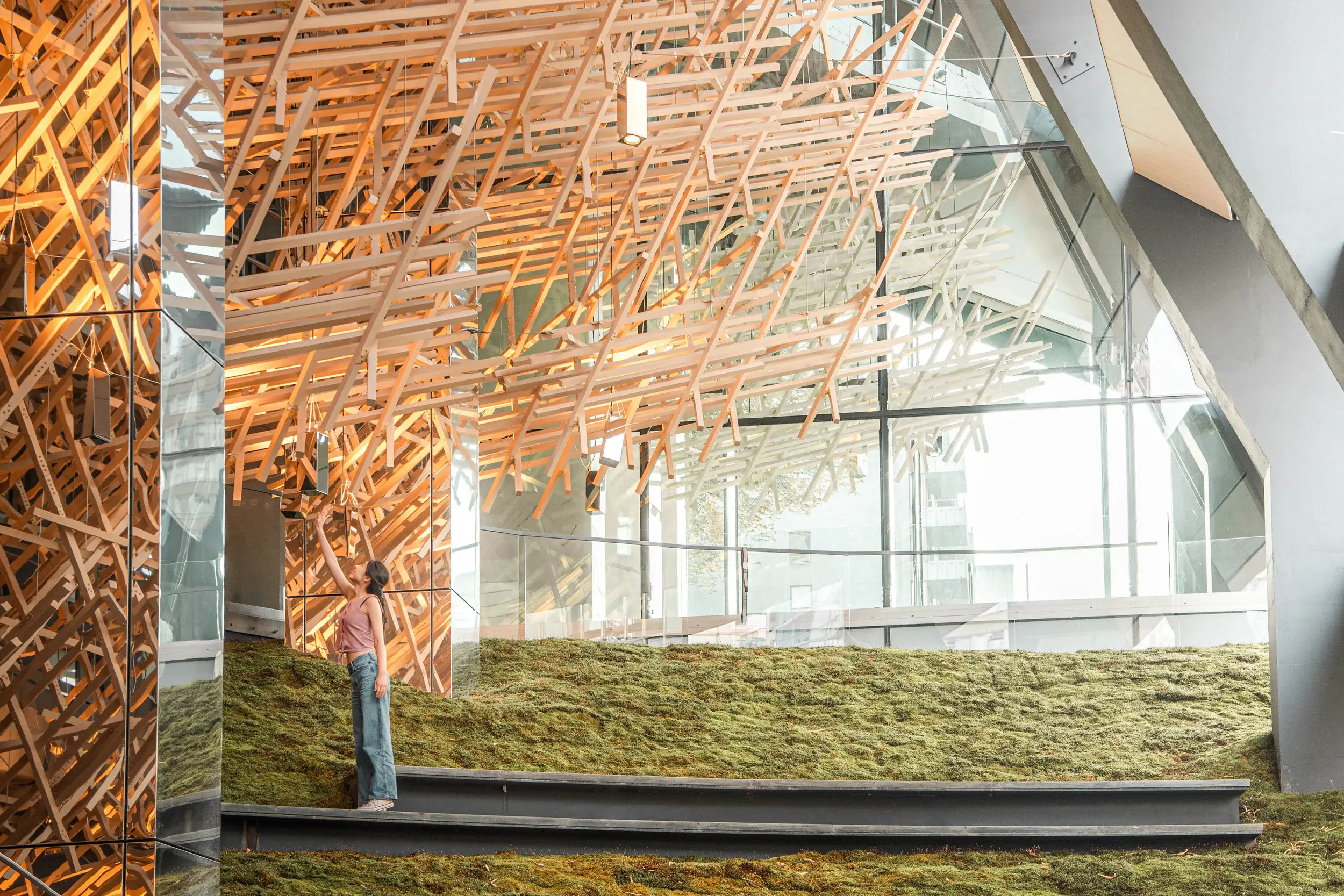
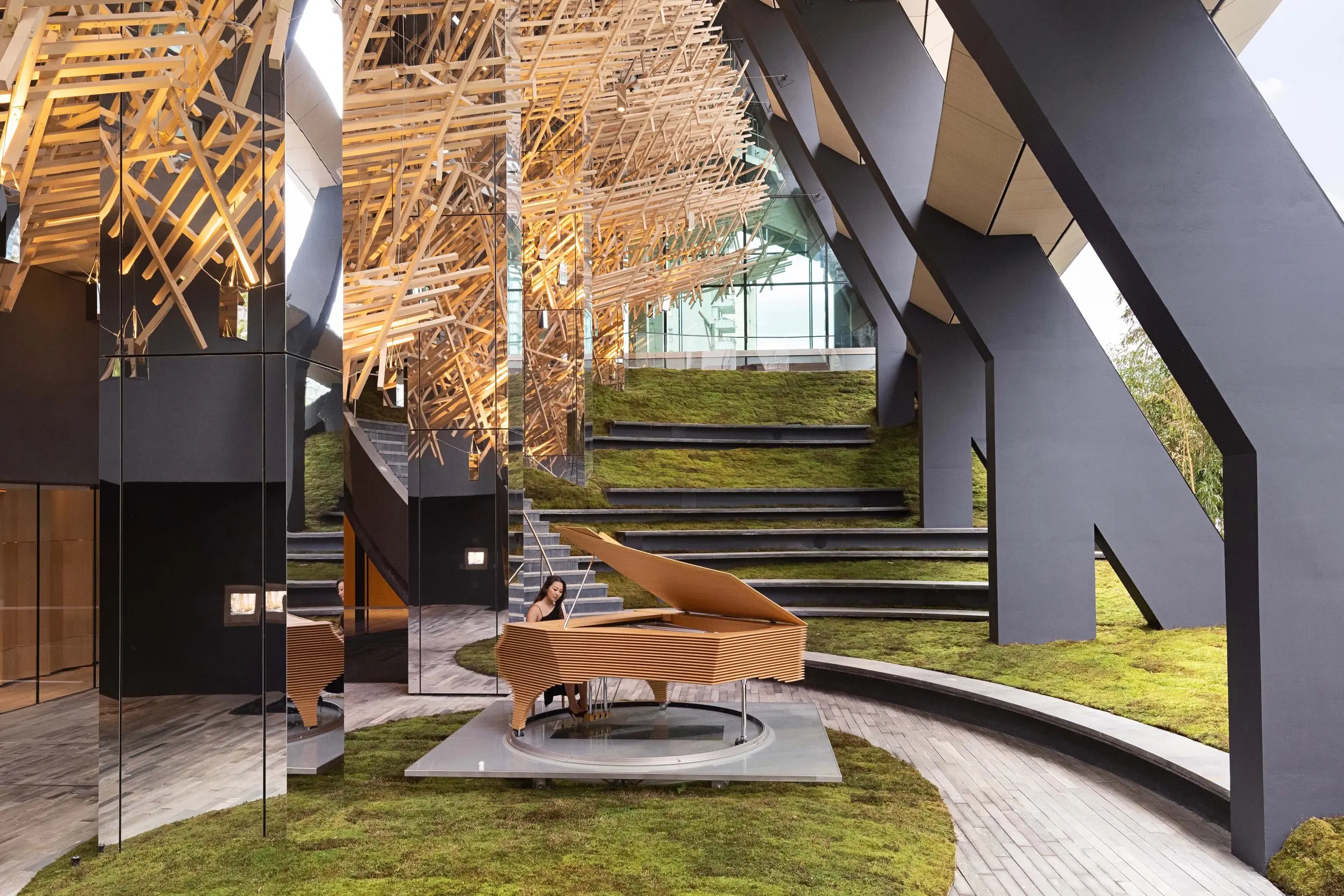
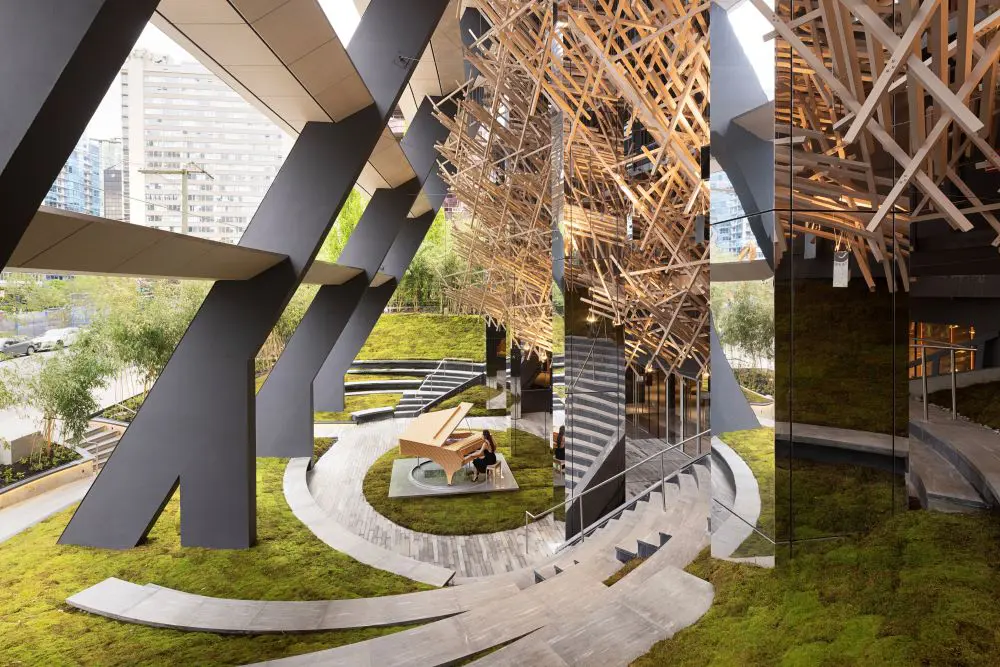
As brands seek to differentiate themselves in crowded markets, architectural design emerges as a critical strategy. Beyond aesthetics, materials like those from Longboard Architectural Products offer brands an innovative way to stand out.
Our products enable companies to create sustainable, visually appealing, and high-quality façades and interiors that align with their brand values. Utilizing Longboard’s durable materials, quick lead times, and custom design options, brands can enhance their physical presence, achieve consistent brand experiences across locations, and reinforce their market identity.
Utilizing Longboard® for Effective Brand Differentiation
References
[1] “The Psychology of Branding Through Architectural Design,” Re-thinking The Future.
[2] Nepomuceno, G., Moura, C., & Oliveira, F. (2023). “Façades, Visual Merchandising, and Storytelling, How Brands Reinvent Themselves in the Post-pandemic,” CIMODE 2022, Advances in Fashion and Design Research.
[3] Willis, J., & Todorov, A. (2006). “First Impressions: Making Up Your Mind After a 100-Ms Exposure to a Face,” Psychological Science.
[4] Haselton, M. G., & Funder, D. C. (2006). “The Evolution of Accuracy and Bias in Social Judgment,” In M. Schaller, J. A. Simpson, & D. T. Kenrick (Eds.), Evolution and Social Psychology. Psychosocial Press.
[5] “Initial Impression Formation,” Principles of Social Psychology – 1st International H5P Edition.
[6] Kim, Y.K., & Sullivan, P. (2019). “Emotional branding speaks to consumers’ heart: the case of fashion brands,” Fashion and Textiles.

